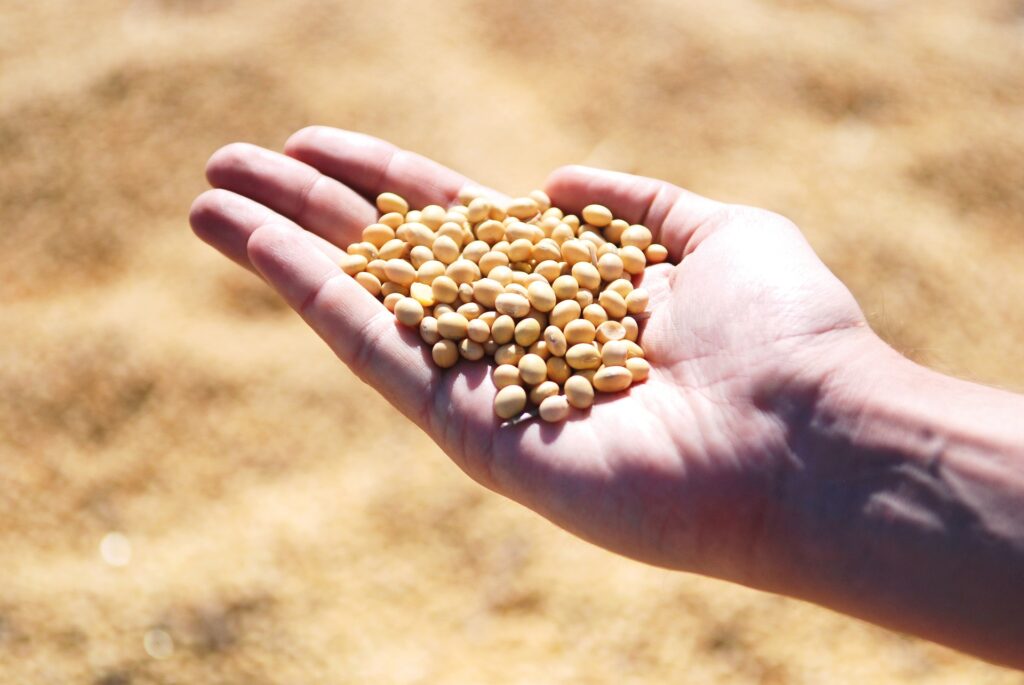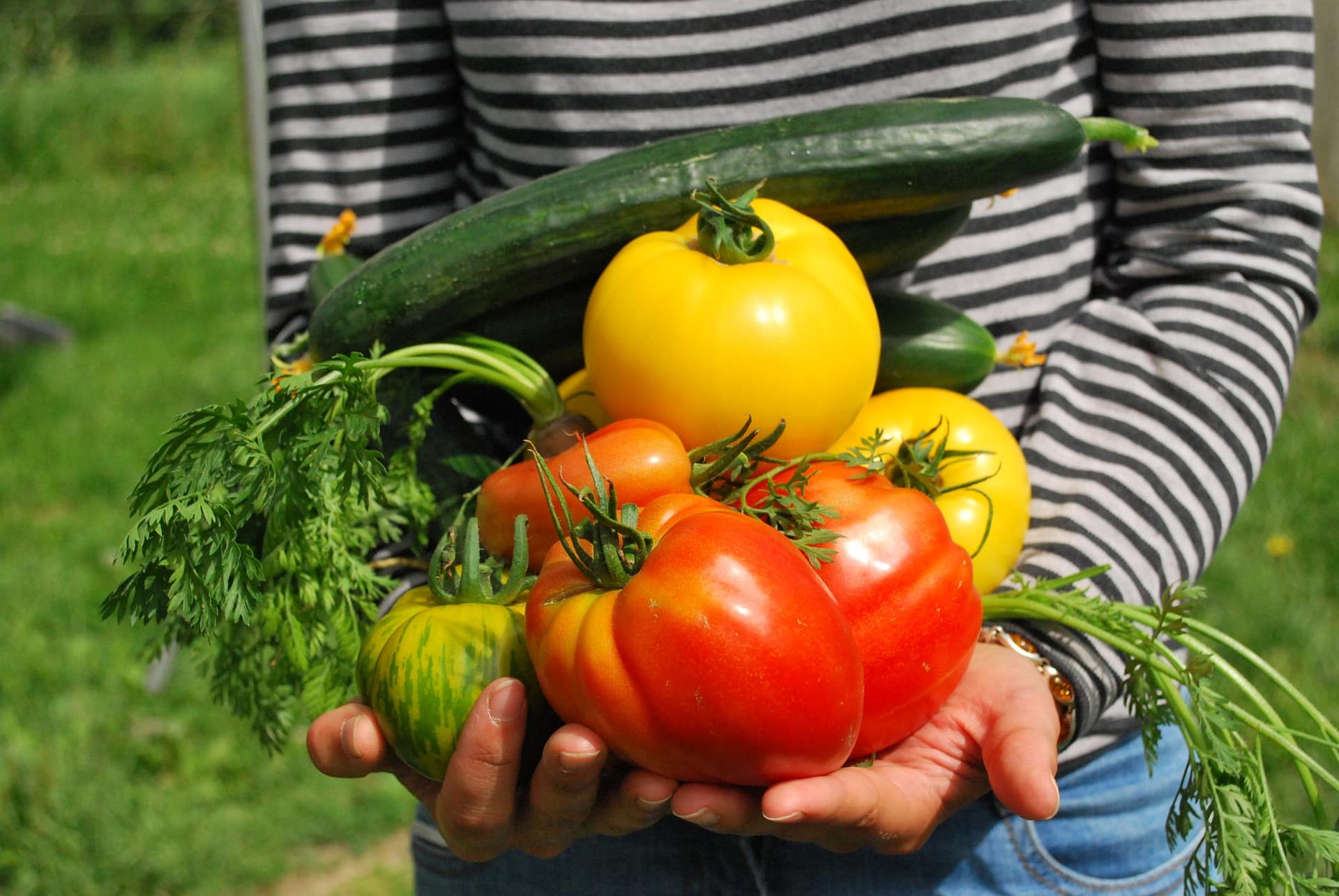If there’s a trend that you are surely aware of, it’s that farmers are shifting to earlier planted soybeans. This change affects every aspect of the soybean supply chain.
Farmers are planting earlier but taking seed delivery later. Farmers are reluctant to hold the seed for an extended period of time which risks damaging the bags and takes up valuable shop or shed space. This puts pressure on seed company warehouse capacity and the distribution team at a time when finding trucks is incredibly challenging.
Further complicating the situation is that warehouse construction costs are historically high. Additionally, insurance companies are also more likely to require fire suppression systems like sprinklers or fire walls than in the past due to rising claims and higher replacement costs. Simply building additional warehouse space is not a good option.
Give this situation, companies are asking: “How can I adapt?” I have two ideas:
Refresh the Variety Mix on the Floor More Often
Companies using the product wheel concept are on the right track. Putting some volume of every variety on the floor, as early in the season as possible, provides distribution flexibility. My recommendation is to package about 1/4 of the expected sales volume of the larger volume varieties as soon as possible. This puts shippable product on the floor without overcommitting on volume and retaining warehouse space. Each variety should then be refreshed monthly, if necessary, to refill product against orders and shipments.
Package Early to Ship Early
Despite farmer resistance to taking seed early, having the right mix of varieties on the floor early does allow for some early shipments. Seed companies that start shipping, even limited quantities, in November can take a significant amount of stress off the distribution system. This takes a connected effort between the sales and operations. Farmers and dealers who will take early delivery need to be identified and worked with first to get their orders confirmed. Those confirmed orders can then help fine-tune the volume of each variety in the initial and subsequent packaging runs. If the sales team and operations team aren’t in-sync on the strategy to target orders from the early-delivery farmers first, shipping opportunities can be lost.
What should you take away from this?
There’s no doubt early planted soybeans are disrupting the supply chain. But, by connecting the sales and operations team in an aligned strategy to get the right product on the floor so it can be shipped to the right dealers and customers early in the season, your distribution model will be ready for it!









